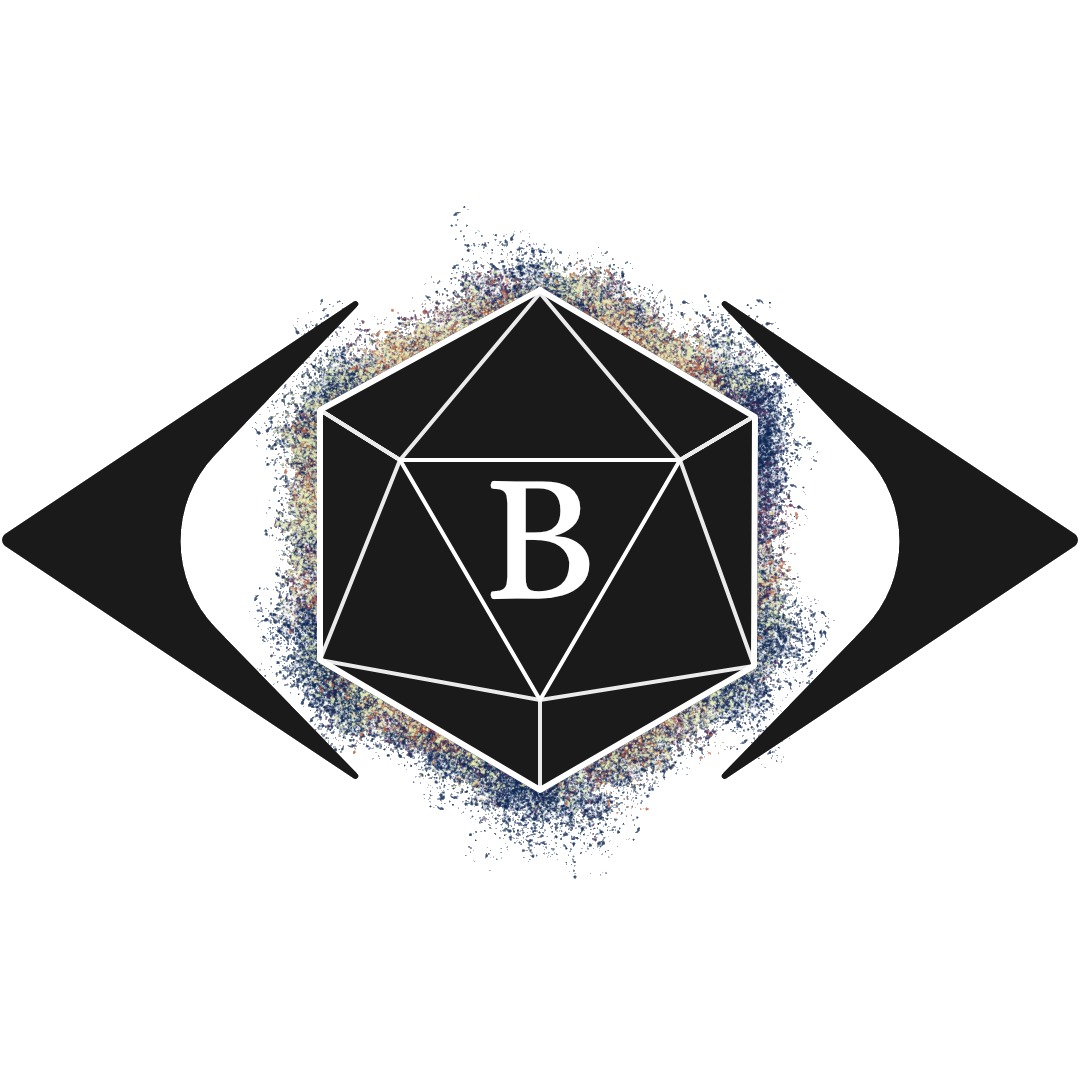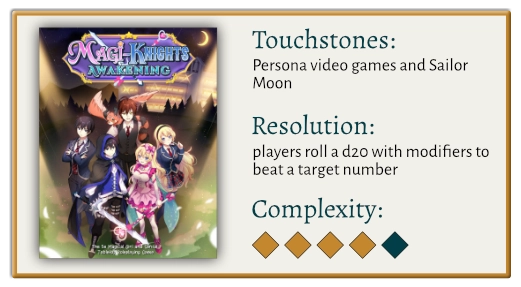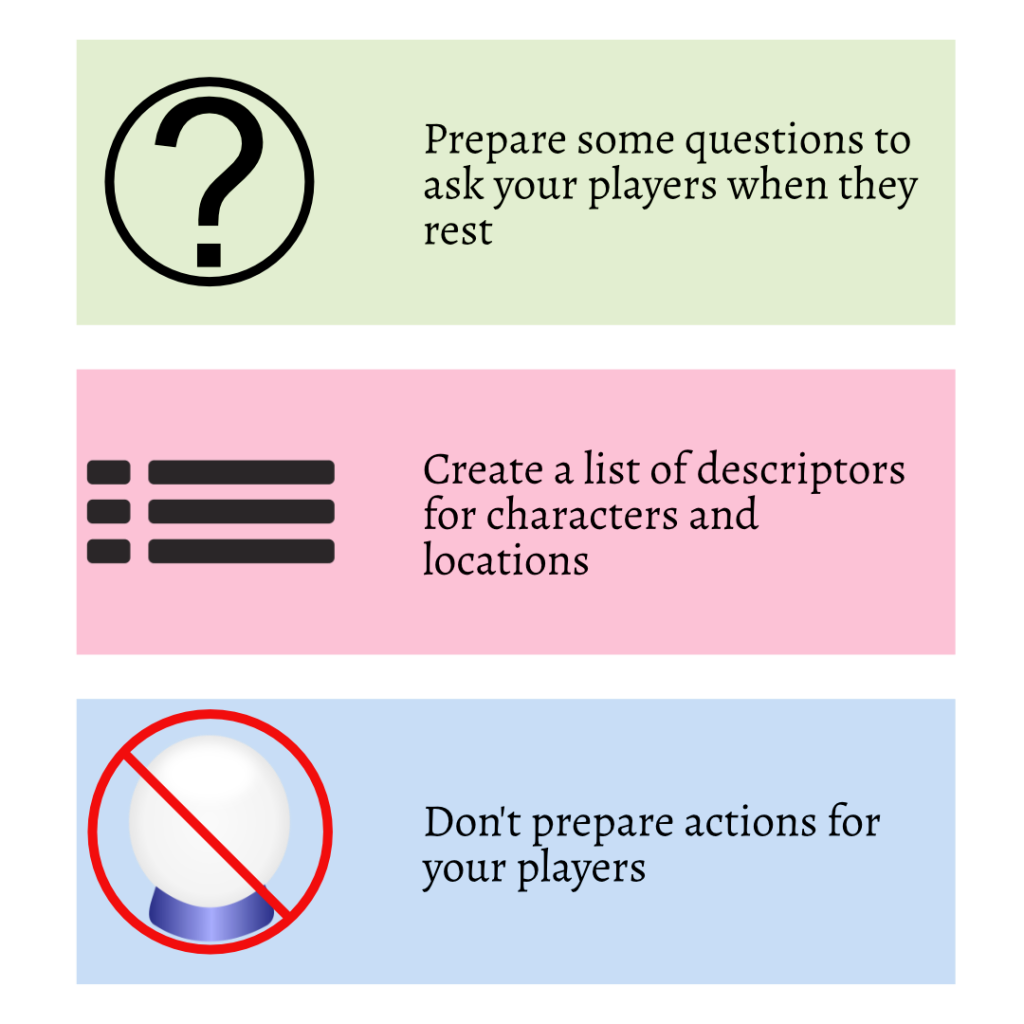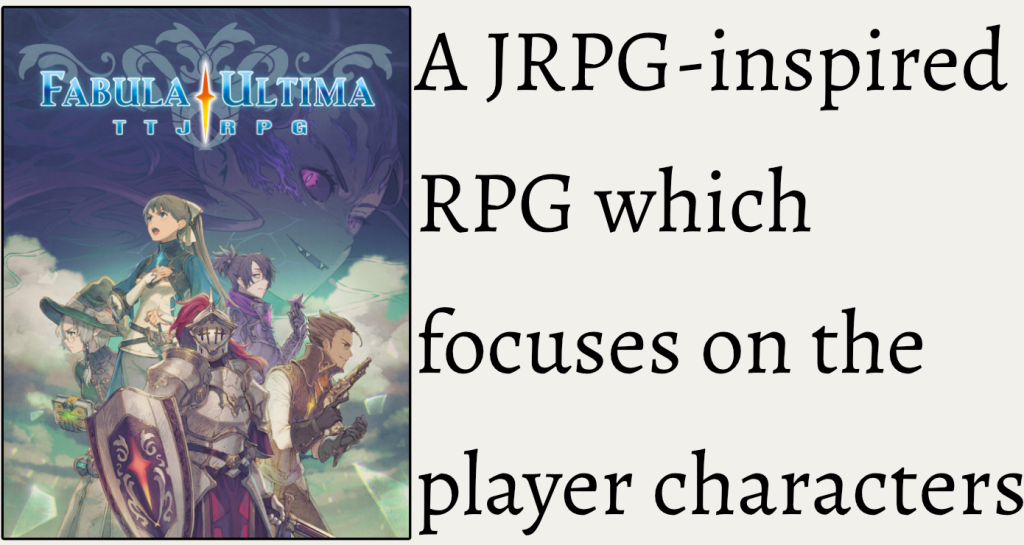Cognitive load theory is the idea that our working memory is imposed by the complexity and distracting elements of new information before we start to make connections. In roleplaying games, complex and distracting elements of new information can result in a loss of player engagement. In this post, I briefly describe cognitive load theory, how it applies to roleplaying games, and some strategies you can use to improve your game.
What is cognitive load theory?
Cognitive load theory is an educational theory proposed by Sweller (1988) to inform instructional design.
Sweller defined cognitive load as the amount of information our working memory can hold at a time, and that there were three types of loads:
- Intrinsic load is the inherent complexity of the new information.
- Extraneous load is the unnecessary and distracting elements of the new information.
- Germane load is the integration of this new information into what we already know (the learning part) but comes after the other two load types.
Cognitive load is therefore the sum of intrinsic, extraneous, and germane. We want to limit the extraneous and intrinsic whilst increasing the germane load.

What is an example of cognitive load in roleplaying games?
If we reach our cognitive load, we start to forget pieces of information and stop processing new information (Kirsh, 2000). In roleplaying games, this means we stop engaging with the game.
You have likely heard that our working memory can hold three to five or six to seven bits of information at a time. This number changes based on several factors, but the point is we have a limited capacity for remembering things.
In our roleplaying games, introducing a new NPC or a new location comes with an inherent amount of complexity (intrinsic load), likely some distracting elements of the information depending on the purpose (extraneous load), and we will naturally try to fit this new information into what we already know (germane load).
Take this description of a newly introduced NPC which provides the players with a task as an example:
A billowing cloak of reddish-blue amethyst dominates the approaching silhouette. [different music track starts playing] As they step into the overhead street-light [footstep sfx] that was installed by the most recent city council political stunt to drum up voting support, a toothy, fanged grin greets you. A large, circular scar crosses both of their eyes, a sign they belong to the underground, edgy guild of assassins, the asaysins, [image of NPC] and they open their mouth and speak in a guttural noise that sounds like they are chewing food even though they are not currently chewing food. They say: [do accent that was described] "Howdy there chaps, me name is Brayden and I have a job for you."
Let’s break this down:
- The intrinsic load in this description includes all of the flowery and/or confusing adjectives. Things like reddish-blue amethyst. The intrinsic load also includes the world building relationship elements such as the city council actions and the asaysins faction.
- The extraneous load involved here are all of the music, sound effects, and the doubling up of doing an accent and describing it.
- The germane load varies from player to player based on what they know. If they have any cognitive load to spare in this instance.
Let’s simplify the intrinsic load and reduce the extraneous load elements in the description above:
ambient or tonal music track continues to play] A fanged individual with a purple cloak and a circular scar that covers both eyes steps out of the shadows and says: [accent] "Howdy there chaps, me name is Brayden and I have a job for you."
In this version, I have elected to simplify the intrinsic load by limiting the adjectives used to describe the NPC and removed all of the world-building explanation. Additionally, I have removed the changing audio and the image of the NPC. This allows the players to have a clearer grasp of this person and the action that is required of them for this (see my post about framing scenes with the inverted pyramid).
For the players that recognise the circular scar, they will make that connection using their germane load and could provide that information to the group. Alternatively, the entire group may already know this fact because it had been established in previous sessions and now resides in their long-term memory (which reduces intrinsic load of new information).
Now, the changes I have made here are personal. I may use an image for this NPC at a later time or I may want to have special music just for this NPC – there is nothing wrong with that, however, we must reduce extraneous load where we can to prioritise the germane load.
How you simplify intrinsic load and reduce extraneous load is going to be context and preference dependent.
What are some cognitive load strategies I can use in my roleplaying games?
The idea behind framing our thinking in terms of cognitive load theory is to break down our information into three kinds: intrinsic, extraneous, and germane. We want to increase the germane load as much as possible.
Here are some strategies you could use in your games to help with different situations:
Chunking
- Chunk information by starting with the important elements and slowly opening up to more detail as a scene progresses.
- Information chunking works well in action scenes by re-establishing moments after a break, i.e., at the end of a combat round, recap the important elements to reorient the players.
- Chunk information on character sheets so players are only required to use a small amount of information from it at the time.
Establish a Schema
- Support the development of long-term memory by repeating elements of the worldbuilding.
- Begin sessions with a question for each player that ties their character to the world and reminds them of what is happening (see my post about starting your sessions with questions).
- When there is an important element of the world that is established, use it as a reference point instead of hinting at it where possible.
Simplify Descriptions
- Avoid overly complicated descriptions, colours, etc. Use them simply and let your players use their imaginations a bit.
- Carefully supplement descriptions with imagery or entirely replace descriptions with imagery (careful with this as it can increase the extraneous load).
Closing Thoughts
Cognitive load theory is the idea that our working memory is filled up with intrinsic, extraneous, and if room is left, germane load. We should aim to simplify intrinsic and reduce extraneous load where possible to prioritise germane load.
How this will look in your games is context and preference dependent but is worth considering to support player engagement in your games.
References:
Kirsh, D. (2000). A Few Thoughts on Cognitive Overload. Intellectica. Revue de l’Association Pour La Recherche Cognitive, 30(1), 19–51. https://doi.org/10.3406/intel.2000.1592
Sweller, J. (1988). Cognitive Load During Problem Solving: Effects on Learning. Cognitive Science, 12(2), 257–285. https://doi.org/10.1207/s15516709cog1202_4





Leave a comment